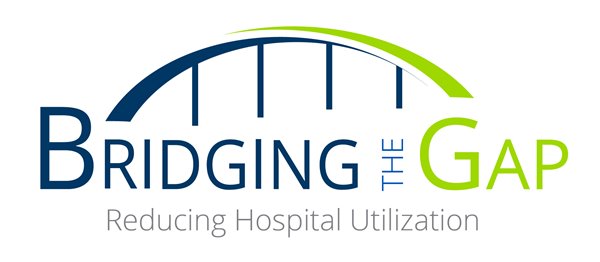Hospitalizations Quality Improvement Activity (QIA)
Reduce Hospital Admissions and Outpatient Emergency Visits

There are various factors that may prevent dialysis patients from achieving or maintaining optimal health. These may include medical conditions such as anemia, diabetes, cardiovascular disease, or both diagnosed and undiagnosed mental health issues. Patient behaviors, such as non-adherence to medications, missed appointments, poor diet, tobacco use, substance use, excessive alcohol consumption, physical inactivity, or inconsistent dialysis treatment can also contribute. Additionally, social and financial instability, including limited access to food, housing, transportation, healthcare, medications, and emotional support, may further compromise a patient’s ability to manage their health effectively. The Network will work with dialysis patients, dialysis providers, and other stakeholders to reduce hospital admissions and outpatient emergency visits.
2025-26 NATIONAL GOALS:
- Achieve a 15% decrease in the rate of hospital admissions for a diagnosis on the List of Primary Diagnosis Categories
- Achieve a 15% decrease in outpatient emergency department visits
Facility Data Dashboard
Facility Dashboard Login- Please contact the Network for username and password
Patient Engagement Interventions
Adherence Toolkit
Network 5 Contact
Amanda Morelli
Phone: (804) 320-0004 x2709
Resources
If the resource library does not automatically load on the page below, you can access it directly.

